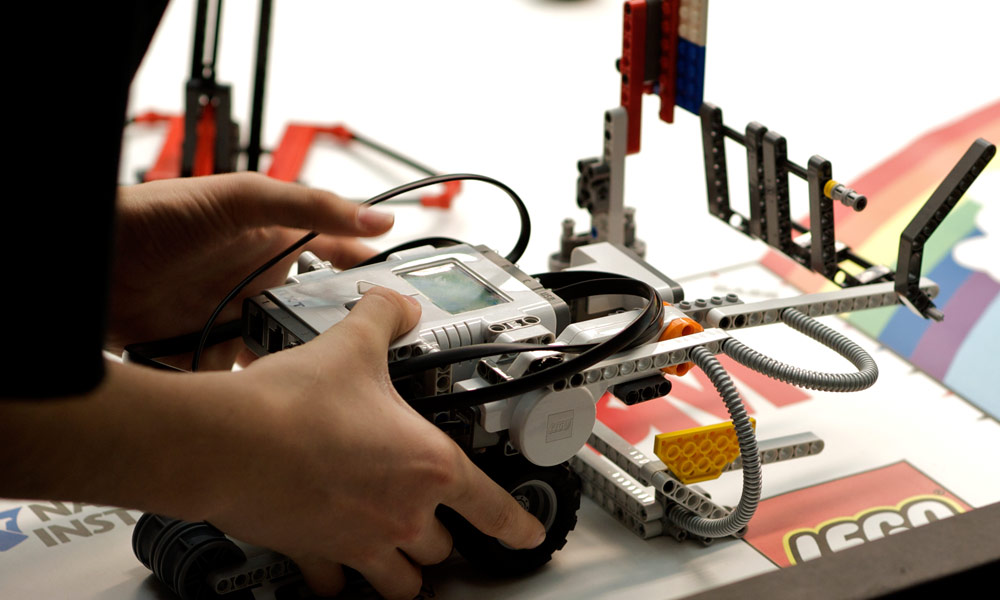
EVENT: Kids explore ‘technology in learning’ with LEGO robots
The University is again sponsoring the annual FIRST LEGO League Championship Tournament, in which the top 36 regional teams of six- through 16-year-olds will compete to design and build robots that can turn doorknobs, shoot soccer balls, or complete an obstacle course.

Molecular clouds show off potential, beauty of data visualization
“Simulated molecular clouds are beautiful, intricate, and ever-changing — properties that make them ideal candidates for high-powered visualization,” wrote PhD student Erica Kaminski about her award-winning images.

Sustainability, astrobiology combine to illuminate future of Earth’s technological civilization
How long can a technological civilization last? Will human-caused climate change or species extinctions threaten its collapse or can industrial development continue without restrictions? In a new paper, two astrophysicists argue that these questions may soon be resolvable scientifically.

Implantable diagnostic technology advances
The University has received a second patent for an implantable biosensor that can provide physicians with real time information on their patients’ health.
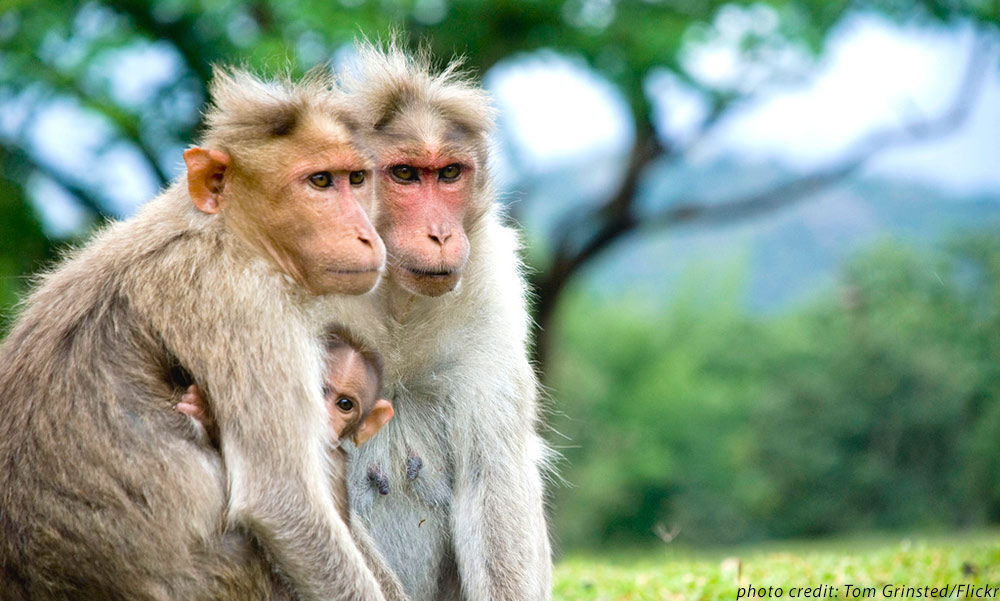
‘Red Effect’ sparks interest in female monkeys
Recent studies have showed that the color red tends to increase our attraction toward others, feelings of jealousy, and even reaction times. Now, new research shows that female monkeys also respond to the color red, suggesting that biology, rather than our culture, may play the fundamental role in our “red” reactions.
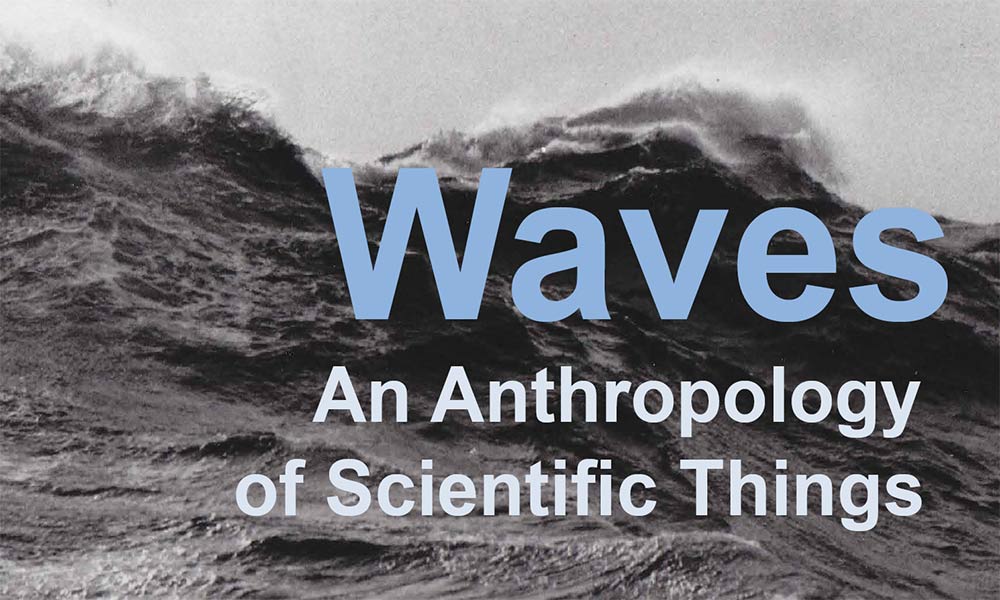
2014 Lewis Henry Morgan Lecture focuses on wave science
Noted anthropologist Stefan Helmreich will provide insights on how scientists are studying waves in nature to understand phenomena as diverse as the social sciences and climate change.
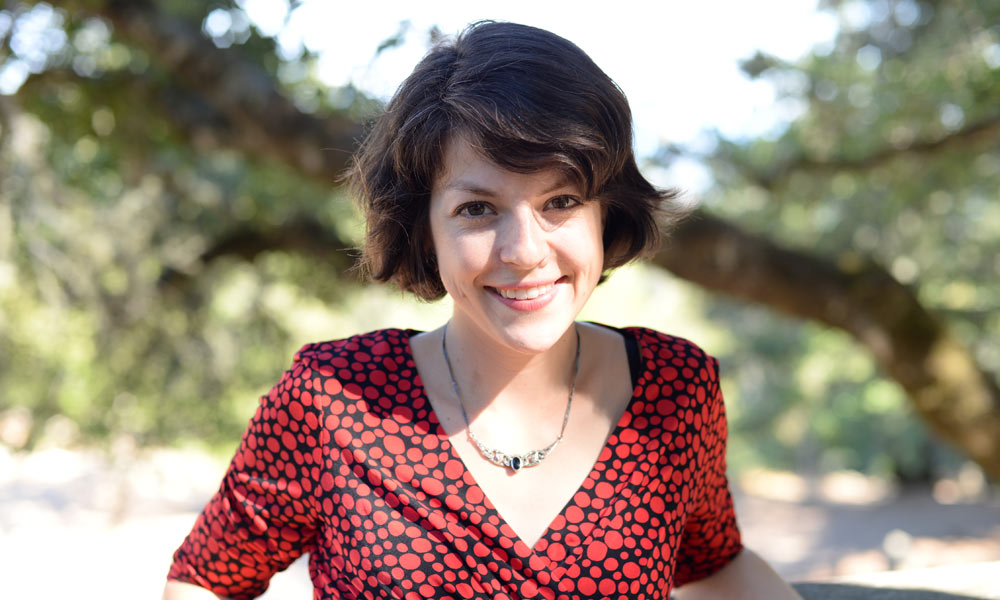
Researcher receives $1.25M grant to unlock ‘magic’ behind babies, language
Elika Bergelson, a newly-appointed research assistant professor in the Department of Brain and Cognitive Sciences, focuses on understanding how babies learn words between 6-to 18-months old. Funding from the NIH recognizes Bergelson as one of the nation’s “exceptional early career scientist” and will help her pathbreaking work advance more quickly.
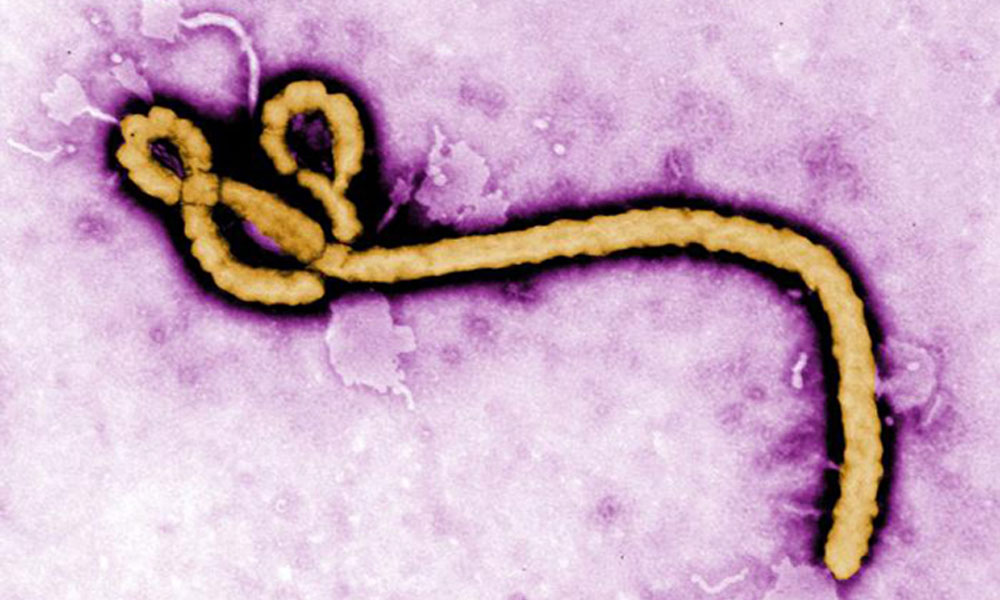
Ebola Q&A: Rochester researchers share their views
Given the widespread attention regarding the current Ebola outbreak in West Africa, four Medical Center faculty with expertise in viral infections field questions about the outbreak, the nature of pandemics, vaccines, and what a U.S. outbreak might look like.
Ovitz’s Student Entrepreneurs: Rise to Top with Their EyeProfiler
When Joung Yoon (Felix) Kim ’14 looked for team members to help him launch his company, he did what many savvy CEOs do: He looked for people “smarter than I…
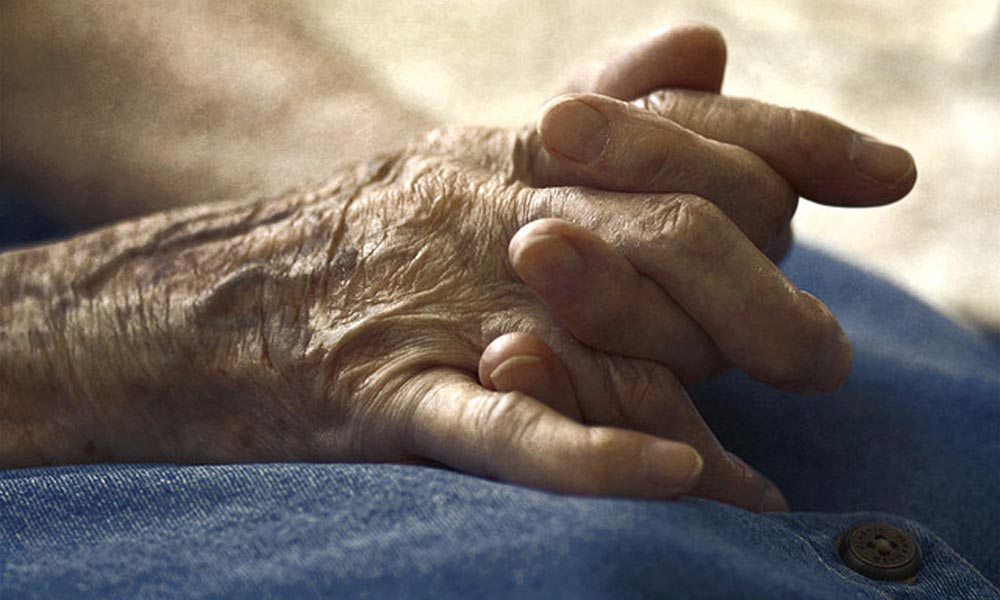
Medical Center joins NIH network to fight arthritis, lupus
The National Institutes of Health has invited the Medical Center to join the NIH Accelerating Medicines Partnership in Rheumatoid Arthritis and Lupus Network. Made up of 11 research groups from around the country, its aim is to develop new treatments for patients with the conditions.
